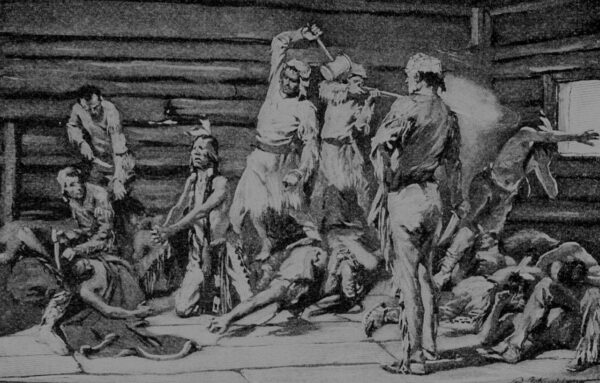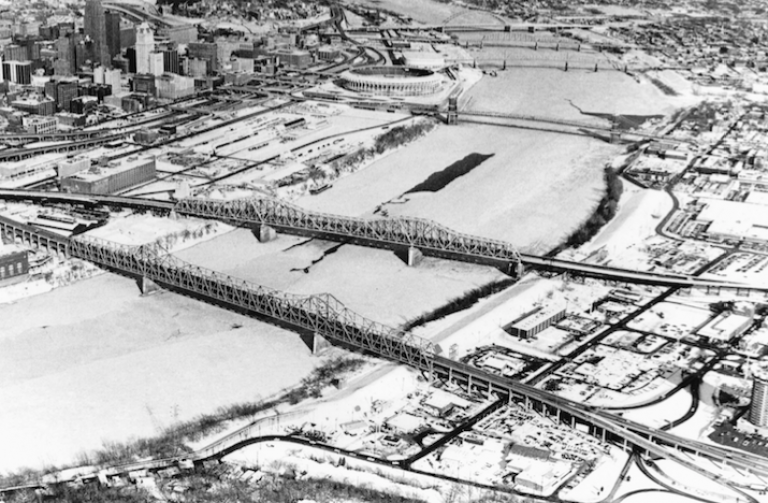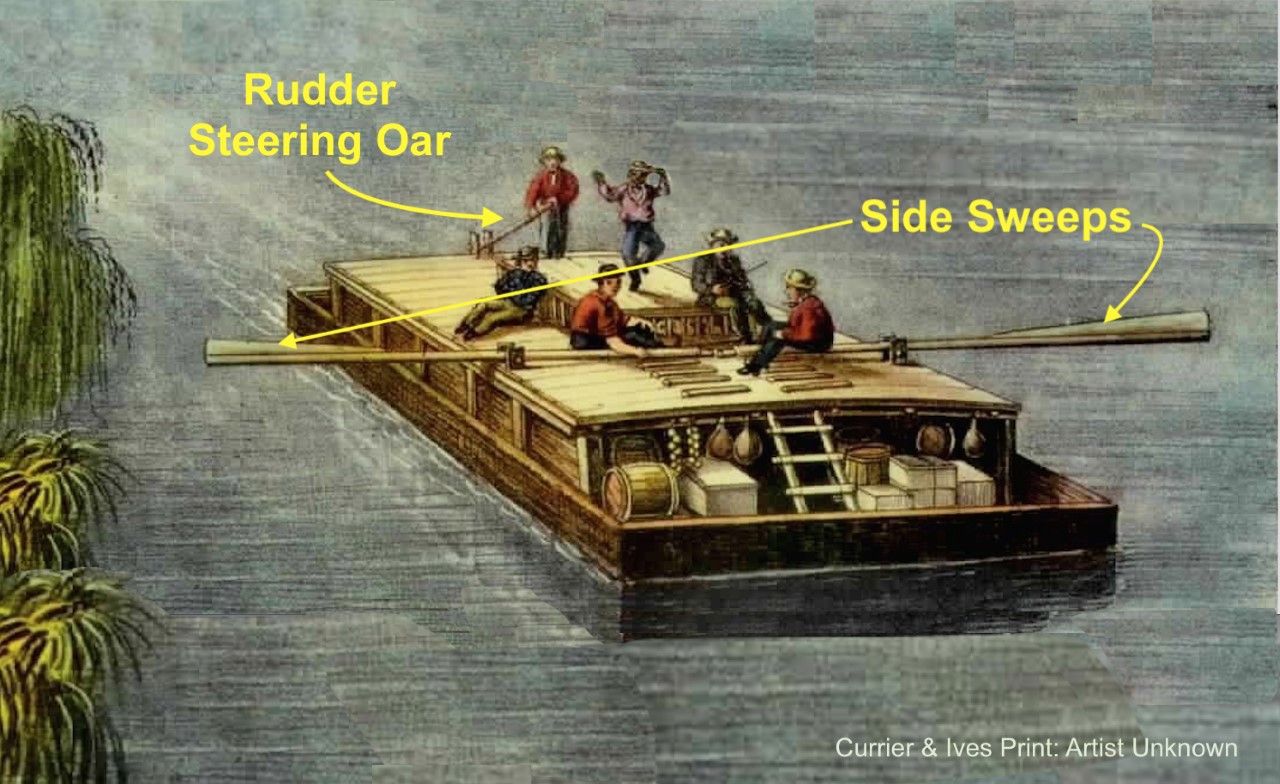
Abandoned, often extensive earthworks greeted travelers like the Forman pioneer party at numerous locations along rivers and inland. These added to an impression of awe with respect to the wonders of the trans-Allegheny West. Numerous theories arose as to their origin, including theories of Biblical lost tribes and extinct pre-Columbus European settlers. Eurocentric observers were very slow to acknowledge that Native Americans of the Mississippian cultures had created these cities, towns, and monuments long before Columbus set foot in in the Americas. See end note for the book’s Introduction, page xvii, par. 3, line 3.



